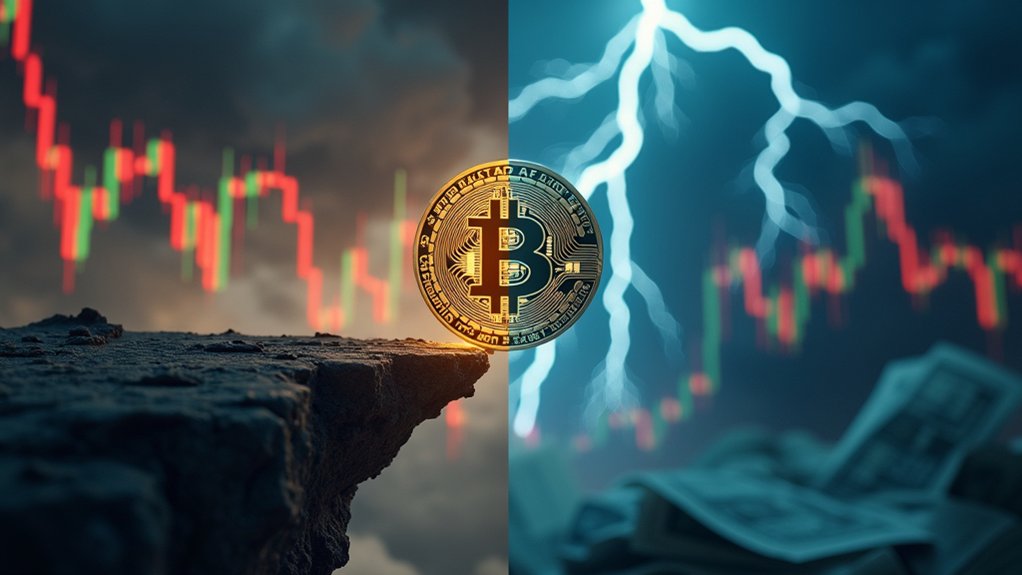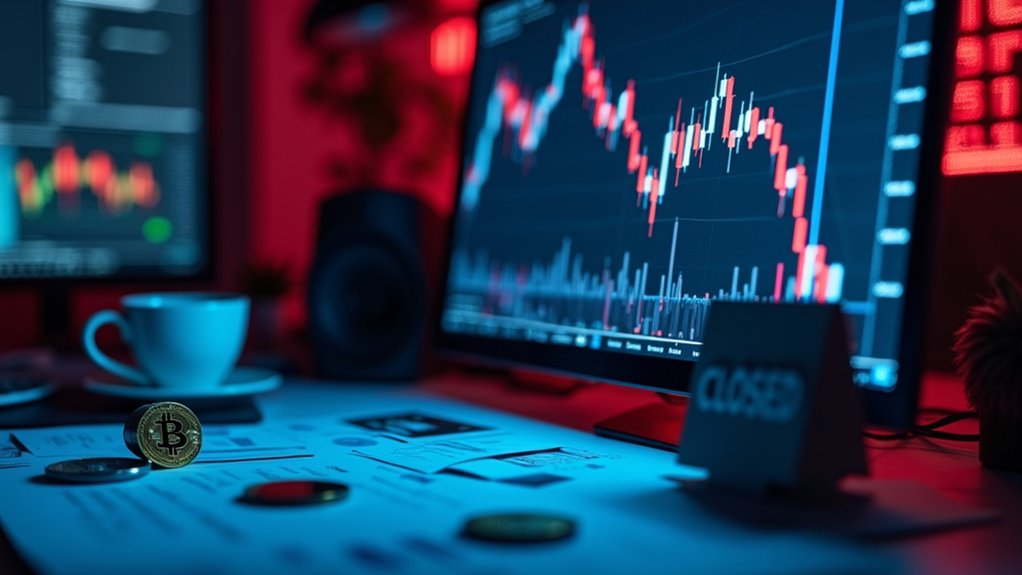As inflation numbers came in lower than expected, Bitcoin surged from $81,000 to a peak of $84,500 following Tuesday’s Consumer Price Index report. The leading cryptocurrency has now gained approximately 7% from its recent low of $76,000, offering hodlers a moment to breathe after weeks of downward pressure. Currently trading around $83,000, Bitcoin keeps flirting with recovery—but don’t celebrate just yet.
The February CPI report showed inflation increasing by just 0.2% month-over-month, with the annual rate dropping to 2.8%. Core CPI, which excludes volatile food and energy prices, rose 0.2% monthly and sits at 3.1% annually. These figures landed below market expectations, and crypto markets responded immediately. This reaction demonstrates how regulatory announcements can trigger immediate price fluctuations in the cryptocurrency market. Total crypto market cap swelled by 1.6%, adding $40 billion to the digital asset ecosystem. Stablecoins expanded by 0.6%, while memecoins—because of course—surged an impressive 7.4%.
But here’s the rub: Bitcoin ETF outflows continue to plague the market. A staggering $371 million exited these funds on March 12 alone, with total outflows since March 1 exceeding $1.5 billion. Brutal. It’s unclear if the positive CPI data will stem this bleeding, but continued sell-offs could torpedo Bitcoin’s nascent recovery. This volatility follows Bitcoin’s sharp 19% decline in just nine days earlier this month. The market shows classic signs of bear market indicators with persistent lower highs and decreasing trading volumes across major exchanges.
Meanwhile, altcoins are having their moment. Ethereum rose 0.47% to $1,866.32, XRP jumped 3.7%, and BNB climbed an impressive 5.06%. Even Dogecoin managed a 4.39% gain, because apparently inflation news affects dog-themed tokens too.
From a technical standpoint, Bitcoin faces resistance around $84,000, with support established at $80,635. It needs to maintain position above $83,000 to continue its recovery path. Market sentiment remains in “Extreme Fear” territory despite these gains—a reflection of just how shell-shocked investors have become.
The real question isn’t whether Bitcoin can bounce back after positive inflation data. It’s whether Treasury market volatility will allow this recovery to stick. Recent history suggests we shouldn’t hold our breath.





